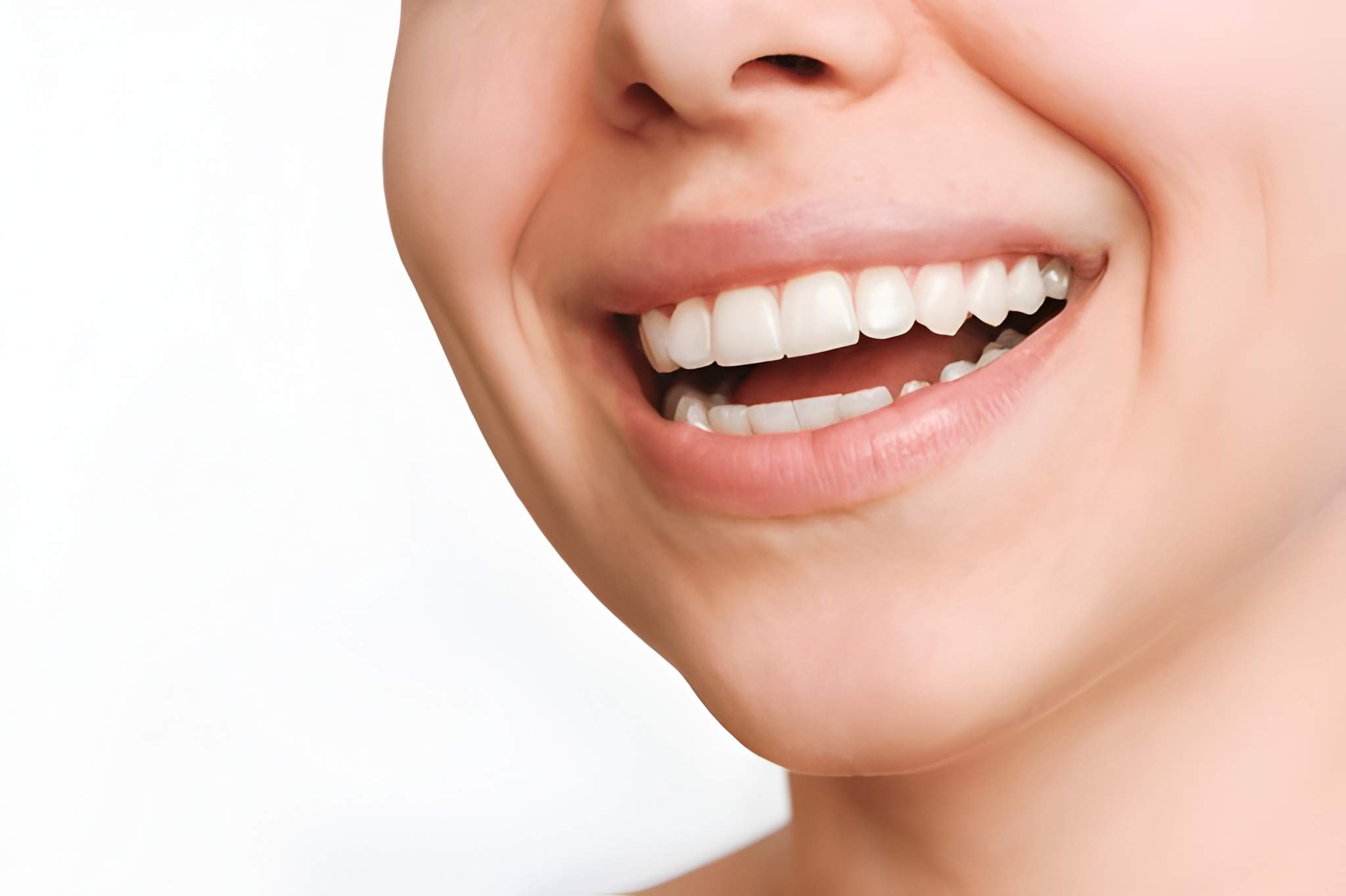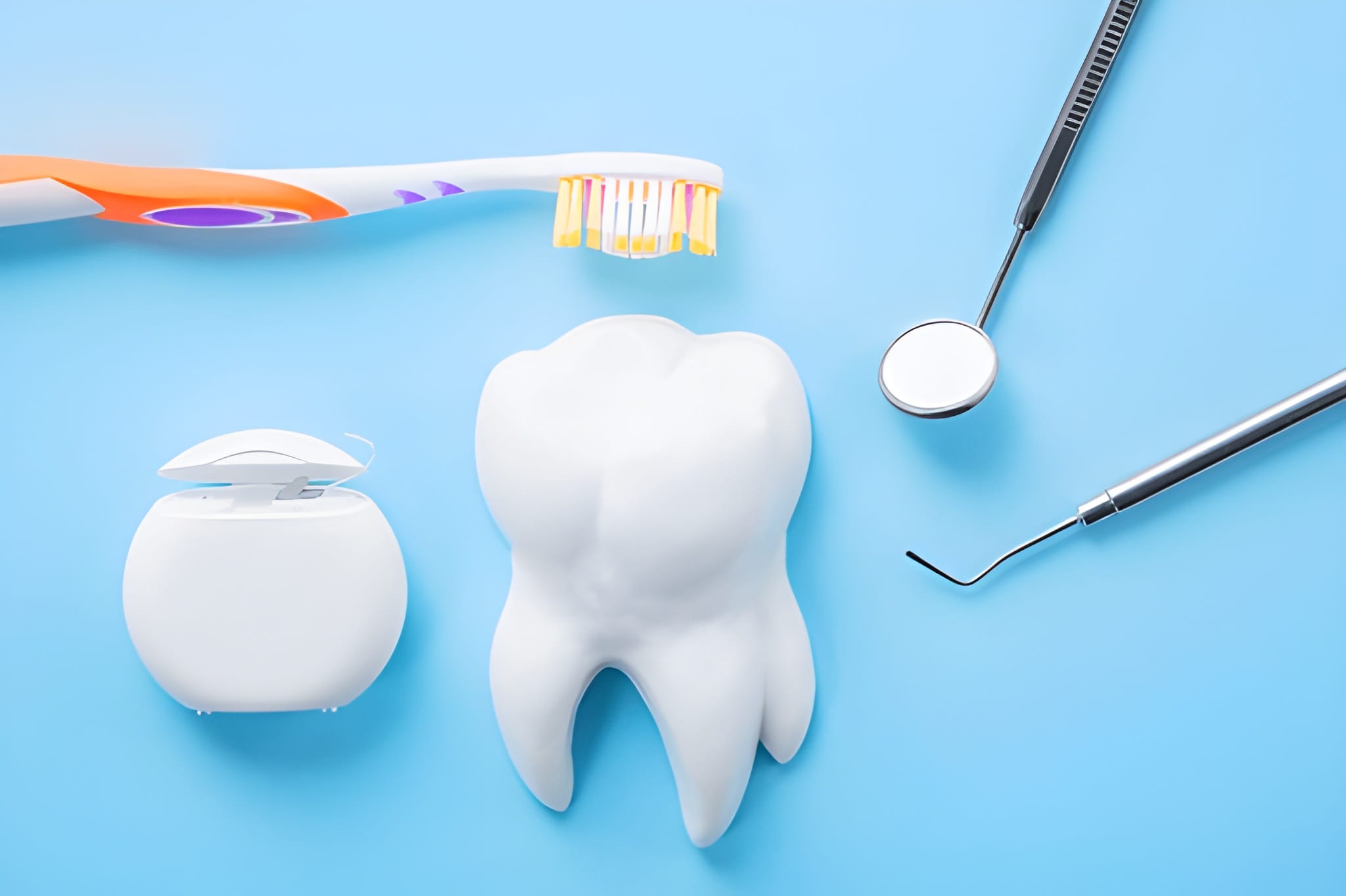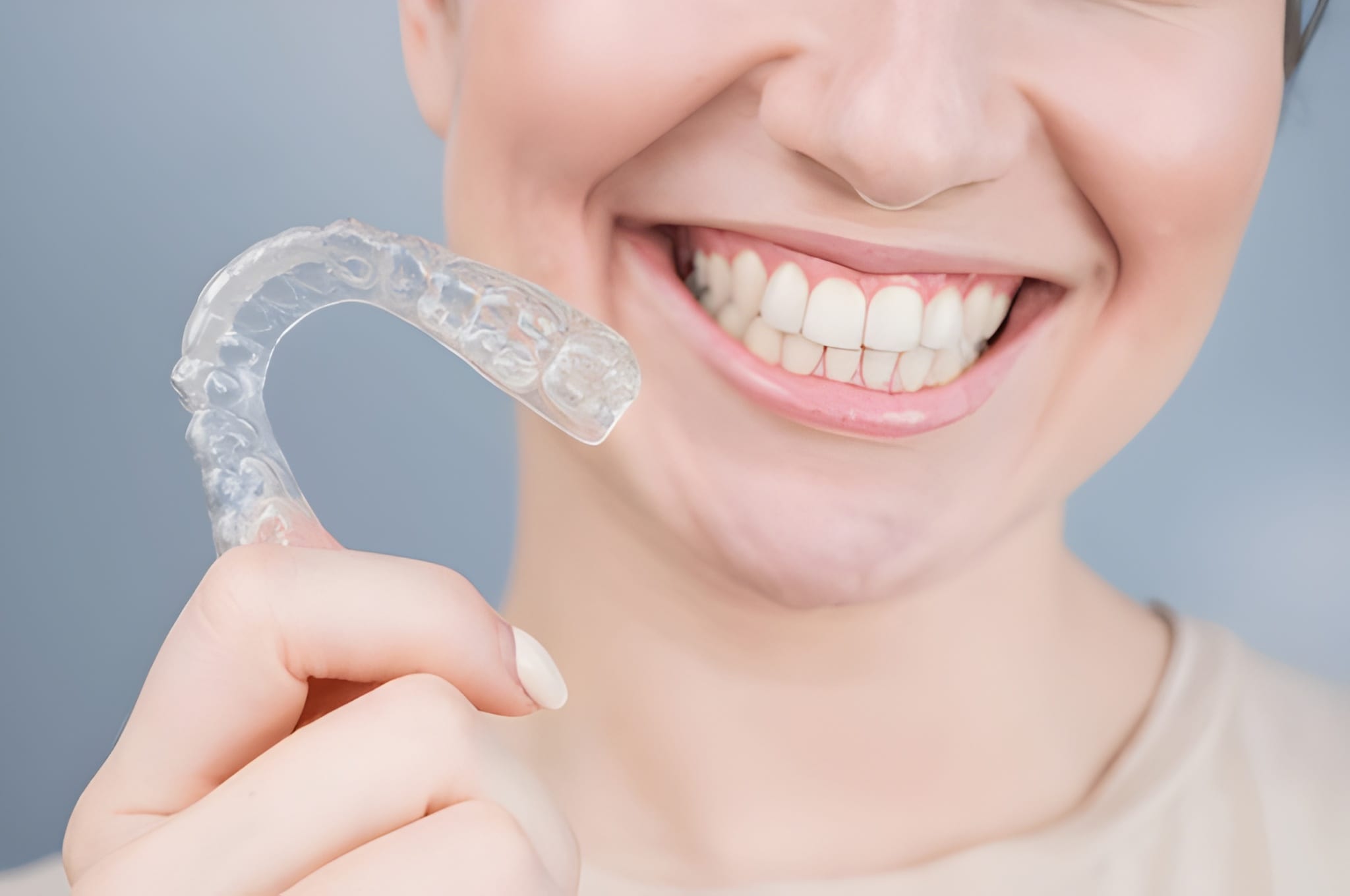Are braces free in the UK? Uncover the intricacies of orthodontic care in the United Kingdom, exploring eligibility for free braces under the NHS and delving into alternative options like clear aligners, lingual braces, and ceramic braces. Navigate the latest advancements such as digital impressions, teledentistry, and accelerated orthodontics while considering the affordability and collaborative care in interdisciplinary orthodontics. Discover the perfect smile that suits your preferences and lifestyle with our in-depth insights.
Understanding the NHS
The National Health Service (NHS) plays a pivotal role in providing healthcare services to the citizens of the UK. When it comes to orthodontic treatments, the NHS does offer services to eligible individuals. However, the criteria for eligibility are quite specific and are primarily based on the severity of the orthodontic issues.
Are braces free in the UK?
Eligibility Criteria for Free Braces
The decision to provide free braces under the NHS is influenced by the severity of the orthodontic problem and its impact on an individual’s oral health. Generally, individuals under the age of 18 with severe orthodontic issues, such as misaligned teeth or jaw problems, may qualify for free orthodontic treatment.
The NHS uses a grading system to determine eligibility, with those classified as Grade 4 or Grade 5 being more likely to receive free orthodontic care. Grade 4 indicates a moderate need for treatment, while Grade 5 signifies a severe need.
Waiting Lists and Prioritization
While the NHS does offer free orthodontic treatment, it’s important to note that there may be waiting lists due to the high demand for these services. Priority is often given to cases with greater severity, ensuring that those in urgent need receive timely care.
Private Orthodontic Options
For individuals who may not meet the criteria for free NHS orthodontic treatment or wish to expedite the process, private orthodontic options are available. Private practices offer a range of orthodontic treatments, including traditional braces, clear aligners, and other innovative solutions. However, it’s crucial to consider the associated costs, which can vary widely depending on the chosen treatment and the complexity of the case.
Financial Assistance and Payment Plans
Recognizing that orthodontic treatments can be a significant financial investment, some private practices offer financial assistance options and flexible payment plans. This can help individuals manage the cost of braces more effectively and make orthodontic care more accessible to a broader range of patients.

Exploring Orthodontic Options: Beyond Traditional Braces
In the pursuit of a straight and beautiful smile, individuals in the UK have more options than ever before when it comes to orthodontic treatments. While traditional braces remain a reliable and effective choice, advancements in orthodontic technology have given rise to alternative options that cater to diverse preferences and lifestyles.
Clear Aligners: The Subtle Approach
Clear aligners, like the popular Invisalign system, have revolutionized orthodontic treatment with their discreet and removable design. Crafted from transparent plastic, these custom-made aligners gently guide teeth into their desired positions over time. Beyond their nearly invisible appearance, clear aligners offer the added convenience of being removable, allowing individuals to enjoy their favorite foods without restrictions and maintain optimal oral hygiene.
Lingual Braces: The Hidden Heroes
Lingual braces cater to individuals who seek the effectiveness of traditional braces without the visual impact. Positioned on the backside of the teeth, lingual braces are concealed from view, providing a discreet solution for those who prioritize aesthetics. While the adjustment period may take some getting used to due to tongue contact, many users appreciate the hidden nature of these braces, allowing them to undergo orthodontic treatment without drawing attention to their dental journey.
Ceramic Braces: Aesthetic Elegance
For those desiring a middle ground between traditional metal braces and the subtlety of clear aligners, ceramic braces emerge as a compelling choice. Featuring tooth-colored or clear brackets and wires, ceramic braces blend seamlessly with the natural color of teeth. This aesthetic appeal, coupled with the strength and durability of traditional braces, makes ceramic braces an attractive option for individuals who prioritize both effectiveness and a polished appearance.
Self-Ligating Braces: Embracing Efficiency
Self-ligating braces introduce a modern twist to traditional braces by eliminating the need for elastic bands. This design minimizes friction, potentially reducing discomfort and expediting the orthodontic process. Available in both metal and clear options, self-ligating braces provide flexibility in choice, catering to individuals who seek efficiency without compromising on appearance.
As with any orthodontic treatment, the suitability of self-ligating braces depends on the specific needs and preferences of the individual, with a thorough consultation aiding in the decision-making process.
Considering Cost and Affordability
While exploring these orthodontic alternatives, it’s crucial to consider the associated costs. Clear aligners, lingual braces, ceramic braces, and self-ligating braces may have different price points, and the overall cost can vary depending on the complexity of the case and the chosen treatment. Private practices offering these advanced orthodontic options often provide consultations to assess individual needs and determine the most suitable treatment plan. Many practices offer flexible payment plans to make these innovative treatments more financially accessible.
Retainers: Preserving the Perfect Smile
Once orthodontic treatment concludes, the role of retainers becomes paramount in maintaining the achieved results. Retainers prevent teeth from shifting back to their original positions, ensuring the longevity of the straightened smile. While traditional removable retainers are common, advancements have led to the development of invisible retainers, providing a discreet option for those who wish to maintain their results without visible appliances.
Accelerated Orthodontics: Expedited Smiles
In the fast-paced world we live in, the desire for quicker results has given rise to accelerated orthodontics. Techniques such as Propel or AcceleDent aim to expedite the movement of teeth, reducing the overall treatment time. While these methods may appeal to those with time constraints, it’s crucial to weigh the benefits against the potential risks and consult with orthodontic professionals for personalized advice.
Digital Impressions: Enhancing Precision
Traditionally, orthodontic impressions involved the use of molds and putty, a process that could be uncomfortable for some individuals. The advent of digital impressions has transformed this experience. 3D scans and digital technologies now enable precise and efficient impressions, contributing to the customization and accuracy of orthodontic treatments.
Orthodontics for Adults: Breaking Stereotypes
Orthodontic treatments are not exclusive to the younger demographic. A growing number of adults are seeking orthodontic interventions to enhance their smiles. With discreet options like clear aligners and lingual braces, adults can undergo orthodontic treatment without the stigma traditionally associated with braces, embracing the opportunity to achieve their ideal smiles at any age.
Conclusion
While braces may be free for some individuals under the NHS in the UK, eligibility is determined by the severity of the orthodontic issues. For those who may not qualify for free treatment or wish to explore alternative options, private orthodontic practices provide a range of solutions, albeit with associated costs. Understanding the criteria for free braces, navigating waiting lists, and exploring private treatment options can empower individuals to make informed decisions about their orthodontic care, ensuring a healthy and confident smile for years to come.





